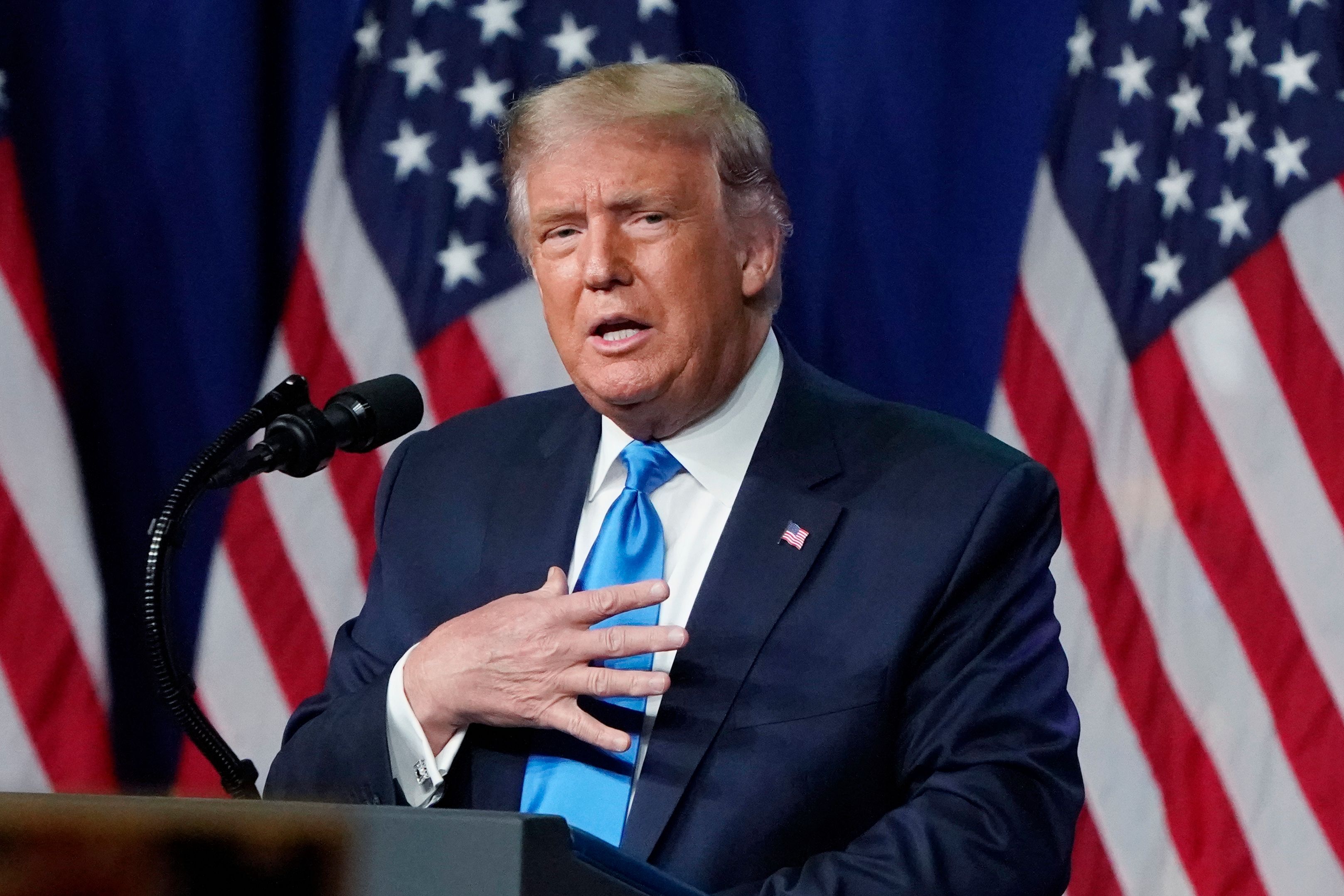Google Pixel 6 Pro vs. iPhone 13 Pro Max: Which one wins?
Our Pixel 6 Pro vs. iPhone 13 Pro Max face-off shows which phone is tops
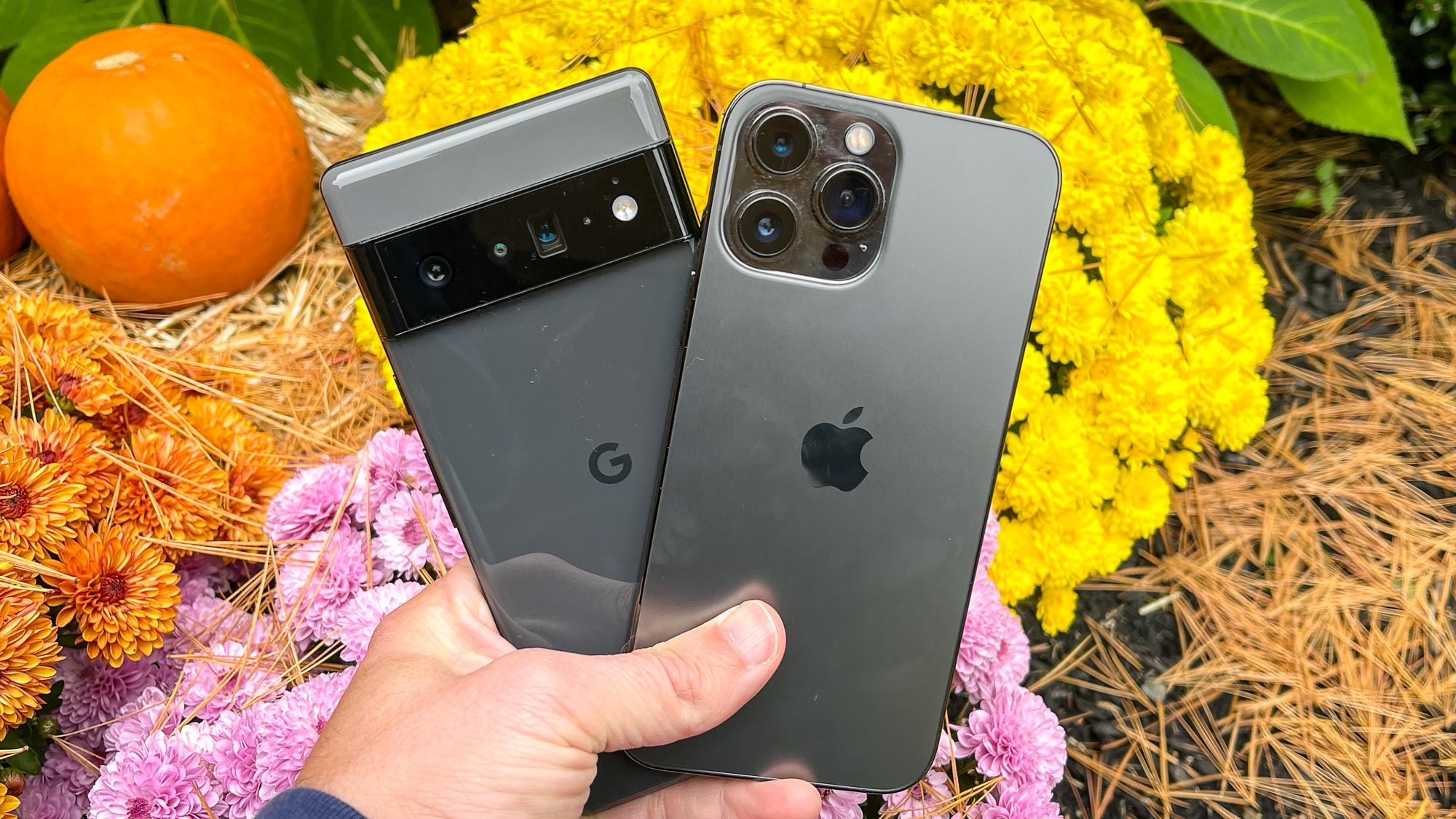
Editor's note: Both the iPhone 14 Pro Max and Pixel 7 Pro are available, and we compared them in our Pixel 7 Pro vs. iPhone 14 Pro Max face-off. Neither Apple nor Google sells the iPhone 13 Pro Max or Pixel 6 Pro anymore.
In this Google Pixel 6 Pro vs. iPhone 13 Pro Max face-off, only one phone can win. These two phones are very strong contenders, both appearing on our best phones and best camera phones list. But the ways they impress us are quite different.
The iPhone 13 Pro Max is the 2021 update of Apple's largest, most fully featured iPhone. It offers incredible photography and performance as we've come to expect, but improvements to the display and battery life are a new surprise. The Pixel 6 Pro meanwhile is a leaner and significantly cheaper device, focussing more on smart software than powerful hardware, although still delivering the goods when it comes to photos and performance.
This face-off will pit Google and Apple’s 2021 flagships against each other in a battle for supremacy. There can only be one winner.
Google Pixel 6 Pro vs. iPhone 13 Pro Max: Specs
| Row 0 - Cell 0 | Pixel 6 Pro | iPhone 13 Pro Max |
| Starting price | $899 | $1,099 |
| Screen size | 6.71-inch OLED (3120 x 1440) | 6.7-inch OLED (2778 x 1284) |
| Refresh rate | 10-120Hz | 10-120Hz |
| CPU | Tensor | A15 Bionic |
| RAM | 12GB | 6GB |
| Storage | 128GB, 256GB, 512GB | 128GB, 256GB, 512GB, 1TB |
| Rear cameras | 50MP (f/1.85) main, 12MP (f/2.2) ultrawide, 48MP (f/3.5) telephoto with 4x optical zoom | 12MP (f/1.5) main, 12MP (f/1.8) ultrawide, 12MP (f/2.8) telephoto with 3x optical zoom |
| Front camera | 11MP (f/2.2) | 12MP (f/2.2) |
| Water resistance | IP68 up to 1.5 m | IP68 up to 6 m |
| Battery size | 5,000 mAh | N/A |
| Battery life (Hrs:Mins) | 7:49 (Adaptive) / 7:55 (60Hz) | 12:16 |
| Size | 6.5 x 3.0 x 0.4 inches | 6.3 x 3.1 x 0.3 inches |
| Weight | 7.4 ounces | 8.5 ounces |
Google Pixel 6 Pro vs. iPhone 13 Pro Max: Price and availability
Simply put, Google won out over the iPhone 13 Pro Max in this category. The Pixel 6 Pro started at $200 less than the iPhone 13 Pro Max while offering competitive features. You also got the same 128GB of storage in the $899 Pixel 6 Pro as you did in the $1,099 iPhone 13 Pro Max.
Both phones offered 256GB for an extra $100, but the 512GB Pixel 6 Pro was only a $200 markup on the base price; the 512GB iPhone 13 Pro Max cost $300 more than the 128GB version. Apple fans could also get a crazy 1TB config for an eye-watering $1,599.
There’s a lot to be said for a flagship costing less than $1,000. When it comes down to it, the Pixel 6 Pro offered such a great experience for the money. In fact, we'd go as far as to say that the Pixel 6 Pro proves other flagship phones are way too expensive.
Winner: Pixel 6 Pro
Google Pixel 6 Pro vs. iPhone 13 Pro Max: Design
In terms of design, the Pixel 6 Pro is a huge step away from Pixels of old. The whole phone looks and feels premium, and there’s the new camera bar that spans the width of the phone. The camera patch, the square in the corner, that we’ve grown accustomed to since Google added multiple lenses, is gone. The Pixel A-series has even followed suit.
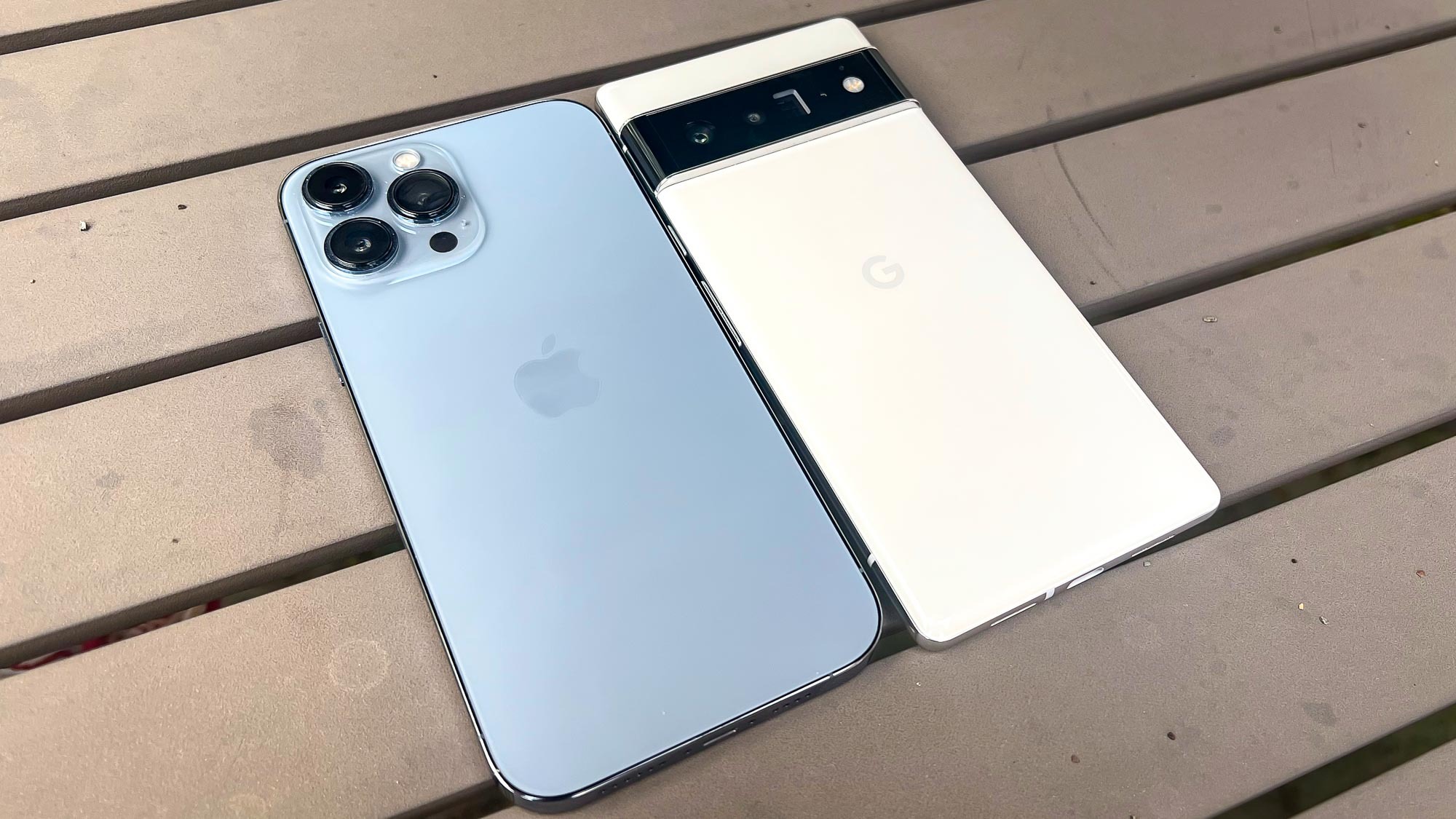
The iPhone 13 Pro Max looks much the same as its predecessor, except with a smaller notch and a bigger camera hump. But the squared-off edges, which I really don’t find ergonomic, remain — this is especially relevant because the phone is a wide 3.1 inches. The iPhone 13 Pro Max overall feels like a very safe design, like Apple didn’t want to take too many chances with this iteration of its smartphones.
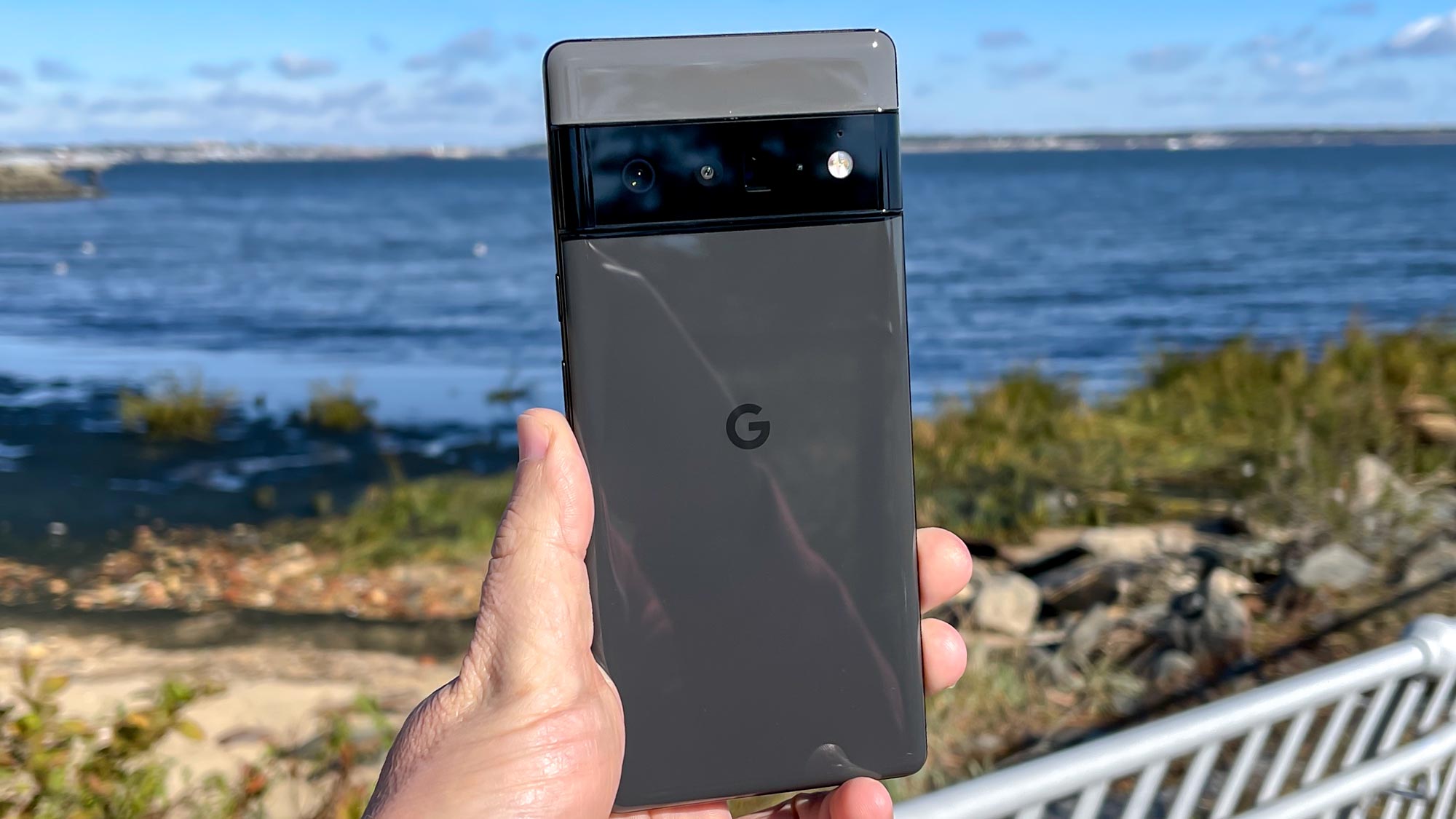
Both phones are IP68-certified, but the iPhone 13 Pro Max wins out with a deeper rating, 6 meters versus the Pixel’s 1.5 meters. Both are rated for 30 minutes underwater.
It’s hard to call a winner here because both phones feel and look great. The camera humps, whether the square patch on the iPhone or the bar on the Pixel, do interfere with some game controllers like the Razer Kishi, so you may want to opt for something like the Xbox One controller if you’re going to play controller-supported games on either phone.
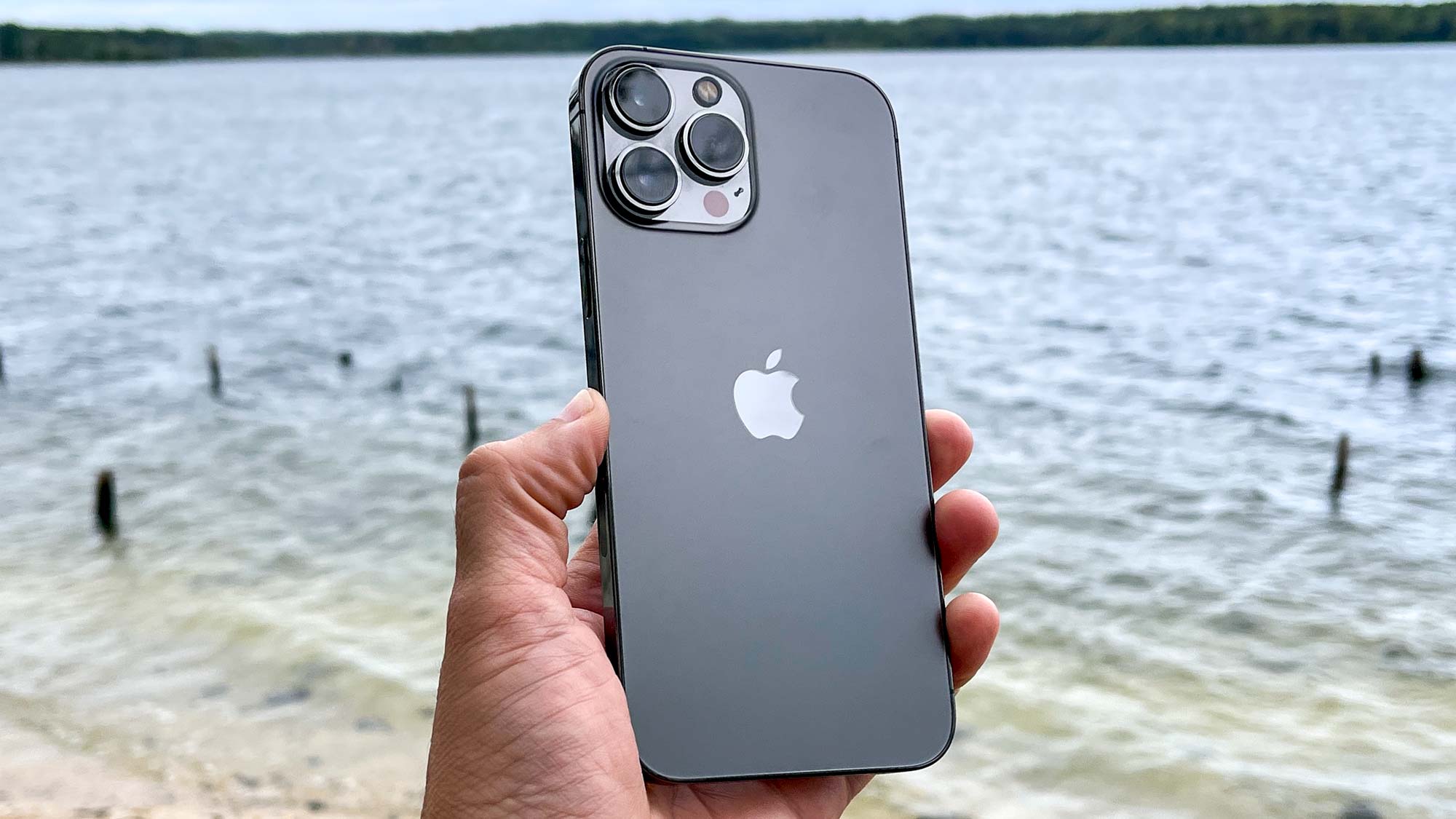
But we have to crown a winner and that’s the iPhone 13 Pro Max by a slim margin because of its stronger water resistance.
Winner: iPhone 13 Pro Max
Google Pixel 6 Pro vs. iPhone 13 Pro Max: Display
The Pixel 6 Pro sports a 6.7-inch QHD+ OLED display with a dynamic 120Hz refresh rate. The iPhone 13 Pro Max also has a 6.7-inch OLED screen, only with a 2778 x 1284 resolution. It does have a dynamic display that scales up to 120Hz or down to 10Hz.
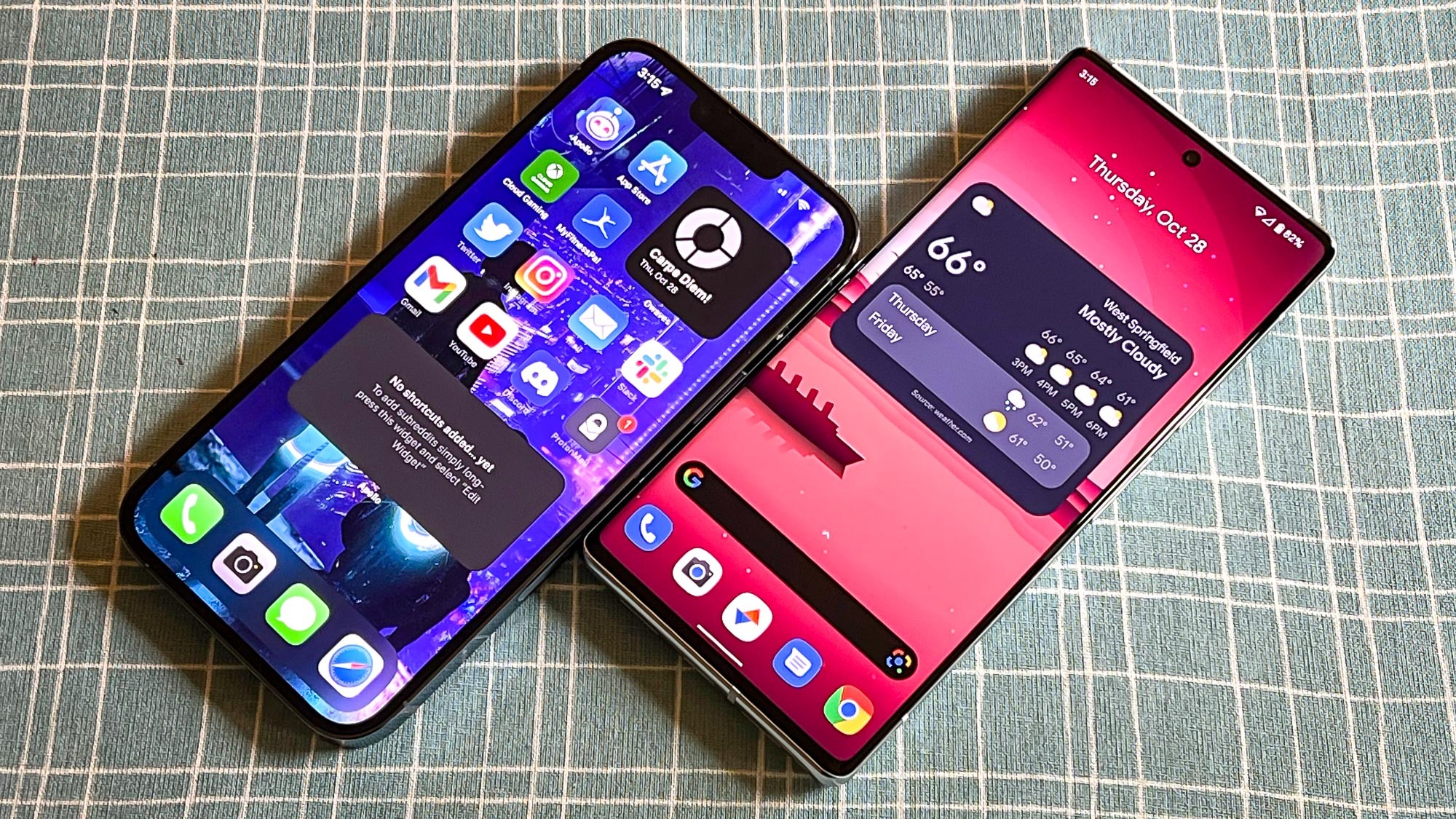
Both displays are great with excellent colors and brightness, but the iPhone 13 Pro Max takes a significant lead on the latter element, hitting a max of 1,038 nits of brightness in our testing. The Pixel 6 Pro managed 842 nits, which is noticeably dimmer in direct sunlight.
For the sRGB spectrum, the Pixel 6 Pro managed to reproduce 104% while the iPhone 13 Pro Max got up to 110%. And with the more challenging DCI-P3, the Pixel reached 74% while the iPhone got a slightly better 77%. Colors are more accurate on Apple’s phone, with the iPhone 13 Pro Max beating the Pixel with its 0.21 Delta-E score. The Pixel came in at 0.3. (Numbers closer to zero are more accurate.)
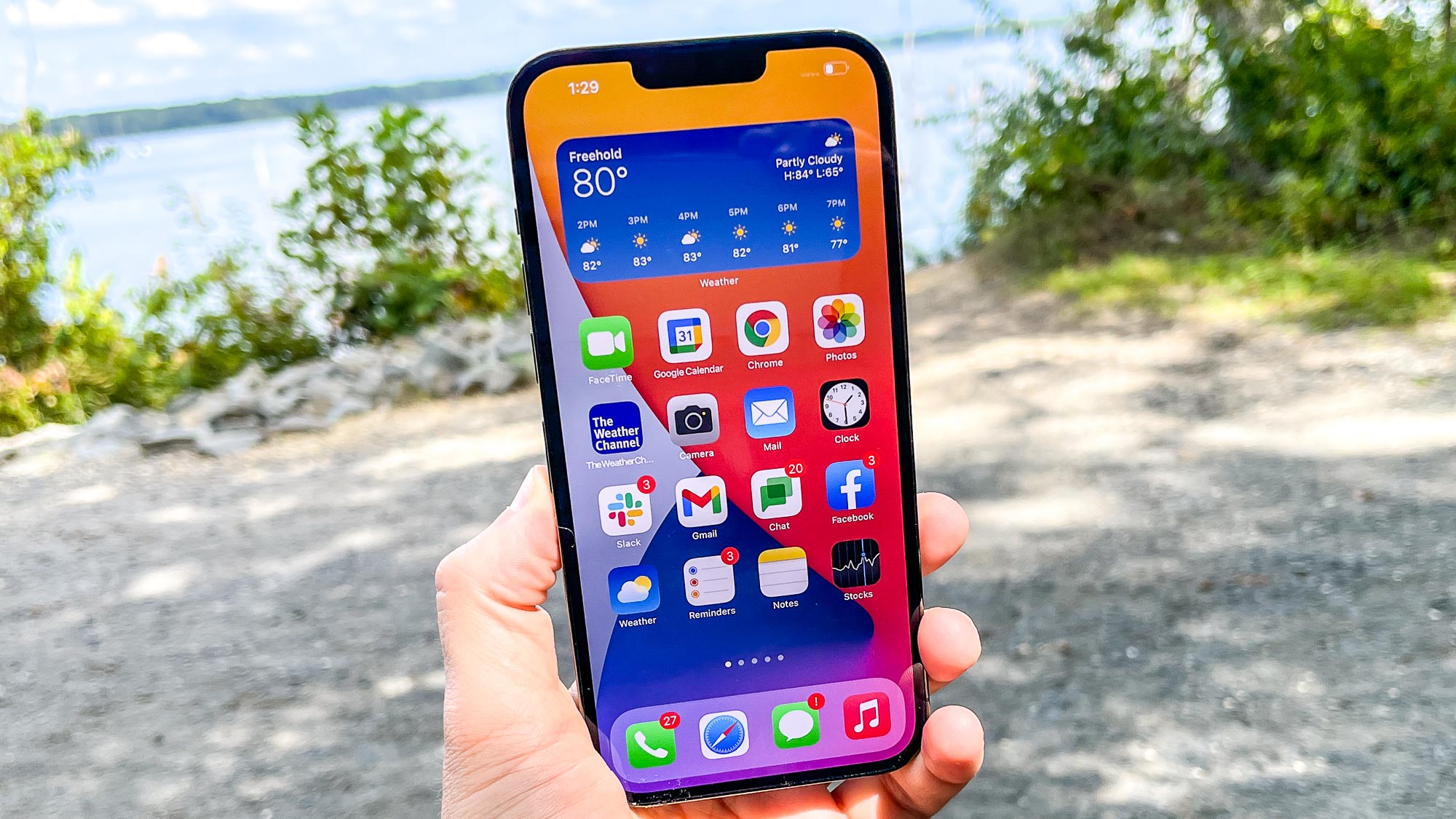
In practice, both phones have remarkably similar displays aside from the brightness. Whether playing games or watching videos, either screen is great to look at. However, brightness is very important and the iPhone 13 Pro Max’s amazing 1,000-plus nits earns it a victory over the Pixel 6 Pro.
Winner: iPhone 13 Pro Max
Google Pixel 6 Pro vs. iPhone 13 Pro Max: Cameras
Both the Pixel 6 Pro and iPhone 13 Pro Max rock triple rear cameras. Google went with a new 50MP main sensor that supposedly lets in up to 150% more light than the Pixel 5 did. The ultrawide camera sits at 12MP and the 48MP telephoto pairs with a 4x optical zoom lens. The iPhone uses a tri-12MP setup with 3x optical zoom on the telephoto camera. Around front is a 12MP selfie cam, compared to the 11MP ultrawide front camera on the Pixel 6 Pro.

This is where the two phones are closest to each other. Google and Apple are the kings of smartphone photography, besting everyone else in the industry. And with the AI smarts of Tensor and the upgraded Neural Engine in the iPhone 13 Pro Max’s processor, the computational photography on display here is just incredible.
The Pixel 6 Pro has a trick up its sleeve, Magic Eraser. This effectively removes photobombers and superfluous elements from your photos. The Pixel will recommend things to remove, or you can select things on your own. The feature’s not perfect, but wow is it amazing. But with that in mind, let’s take a look at how these cameras compare.
In this photo of the pumpkins, the differences between the two photos is slight, but you can see that the iPhone 13 Pro Max’s picture looks a tad more saturated. You can see this in the scarecrow’s shirt and background in those blues and reds, plus the red building in the back. The Pixel 6 Pro’s image almost looks washed out in comparison, but this comes down to differences in post-processing. I personally prefer the iPhone’s picture here.
Heading indoors to this produce stand, the Pixel’s shot is brighter and compensates better for the harsh lighting above. The iPhone warmed things up a bit too much in response to the cool lighting, and the image is overall dimmer than the Pixel’s. I think Google’s phone wins here.
In this ultrawide landscape shot, the Pixel has a clear advantage when it comes to brightness. The scene looks better lit thanks to the sun off to the left. That said, the iPhone captures more of the landscape due to its wider field of view. The greenish tones to the water look a bit better in the Pixel’s image, but this is, as we’ve seen thus far, a very close race. I have to call a tie here on the ultrawide test.
In these portraits of Mark Spoonauer, both phones took different approaches to the final images. The Pixel zoomed out a bit while the iPhone brought things in a little closer to focus on Mark’s face. Both phones had to compensate for the direct sunlight on the subject and both did very well, even if the Pixel compensated better in my opinion. The blur radii are very artistic, too. I think either portrait is great, but I prefer the color tones in the Pixel’s image.
This comparison between the two phones’ night modes certainly surprised me. Right away, the Pixel’s picture using Night Sight is brighter. The plant on the left is fully visible, as are the pumpkins and flowers in the foreground. The shadows remain deep, but they don’t overpower anything else in the photo, unlike the iPhone’s shot. That one is very dark, with the pink flowers on the left almost invisible.
The two selfies are quite different. The Pixel’s image has softer colors, but sharp focus on my face. It does make my hair look a bit darker than it actually is. Meanwhile, the iPhone’s selfie is brighter, but my face looks a bit too smooth. The colors look off, though, with an overall yellow-green tinge to the final image — the Pixel’s colors are more natural. But I think the iPhone’s overall brightness gives it the win here.
The Pixel 6 Pro features Motion Mode, which includes Action Pan and Long Exposure, and it’s great for those long exposure shots to create artistic photos that perfectly express movement. Action Pan focuses on a moving subject and blurs the background, while Long Exposure adds blur to moving objects within the scene. You can see the former above, with Action Pan on and off as this blue SUV drives by.
Similarly, here’s Long Exposure turned on and off. It’s a pretty cool and artistic effect, as you can see in this photo of a running fountain.

Standard

Rich Contrast

Vibrant

Warm

Cool

Standard

Rich Contrast

Vibrant

Warm

Cool

Standard

Rich Contrast

Vibrant

Warm

Cool
Here’s a gallery of the different iPhone 13 Pro Max Photographic Styles in different scenes. They’re definitely cool for giving your photos a unique look, but like the Pixel’s Motion Mode and many other photography gimmicks, they seem situational.
The Pixel 6 Pro’s performance in the night mode, inside shot, and portrait photos, plus the 4x optical zoom, give it the win in this camera face-off. Plus, the powerful Magic Eraser and the fun but questionably useful Motion Mode provide Pixel users with options for artsy pictures.
The iPhone 13 Pro Max is not a bad camera phone, though. In fact, it trades blows with the Pixel 6 Pro more often than not, but in our tests here, the Pixel wins out with better colors, lighting compensation, and useful features — the iPhone’s Photographic Styles are neat, but they pale in comparison to Magic Eraser, which is truly novel.
Winner: Pixel 6 Pro
Google Pixel 6 Pro vs. iPhone 13 Pro Max: Performance
Apple has long led the way on smartphone performance with its A Bionic series processors. These chips are incredible in benchmarks and tests, and that has remained true with the A15 Bionic in the iPhone 13 Pro Max.
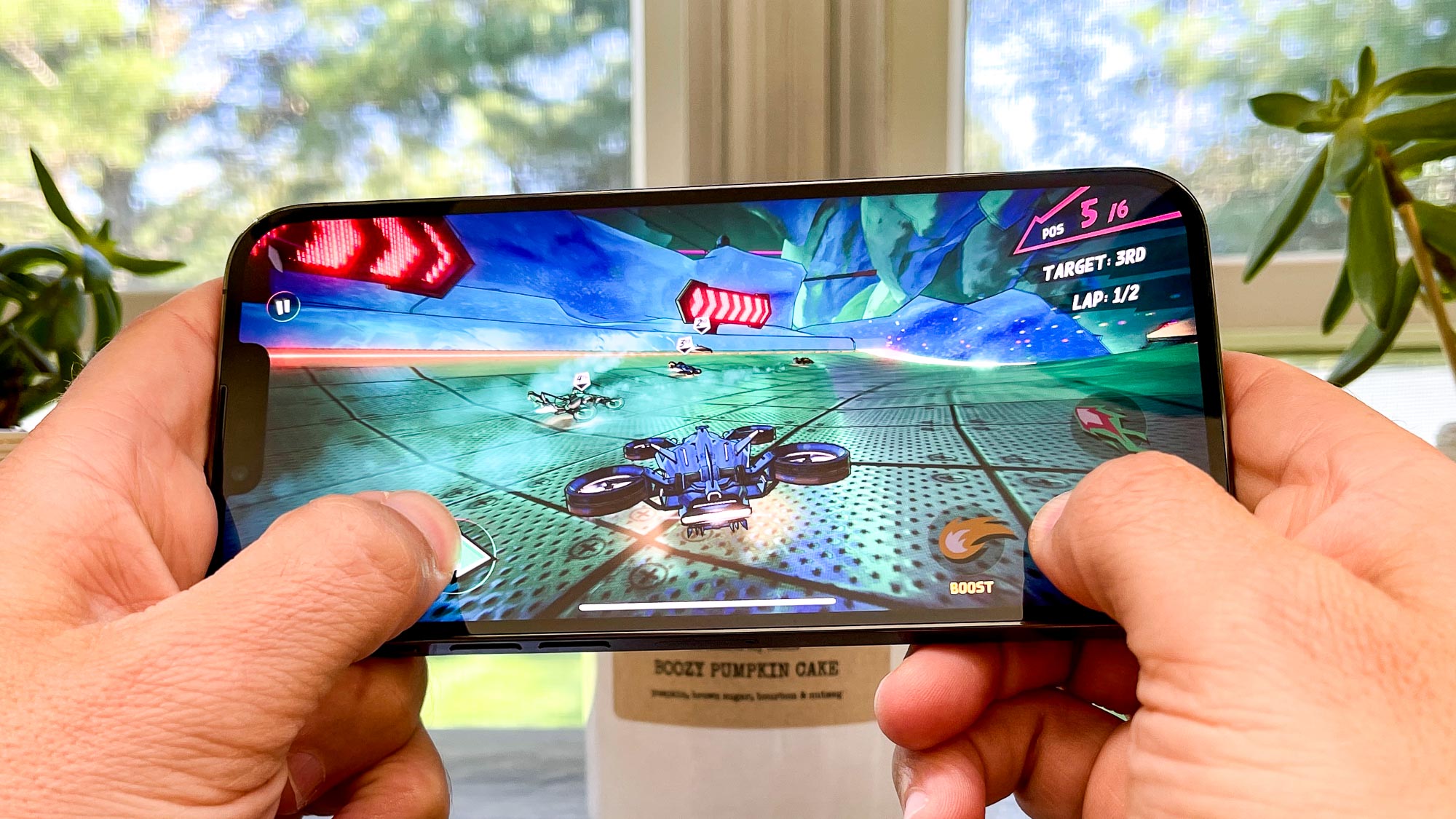
But Google did something interesting in 2021. It ditched Qualcomm’s top-of-the-line Snapdragon 800 series and went with its own homegrown chip. Called Tensor, this system-on-chip opened up many possibilities for AI and machine learning applications on a smartphone. And based on our Pixel 6 benchmarks, it held its own against 2020's Snapdragon 888, but lagged behind the Snapdragon 8 Gen 1.
Tensor even puts up a good fight against the A15 Bionic, though Apple still maintains its lead in every regard. In Geekbench 5, for example, Apple managed 4,549 and 1,720 in multicore and single-core, respectively. The Pixel 6 Pro clocked in at 2,760 and 1,027, quite a bit lower than Apple.
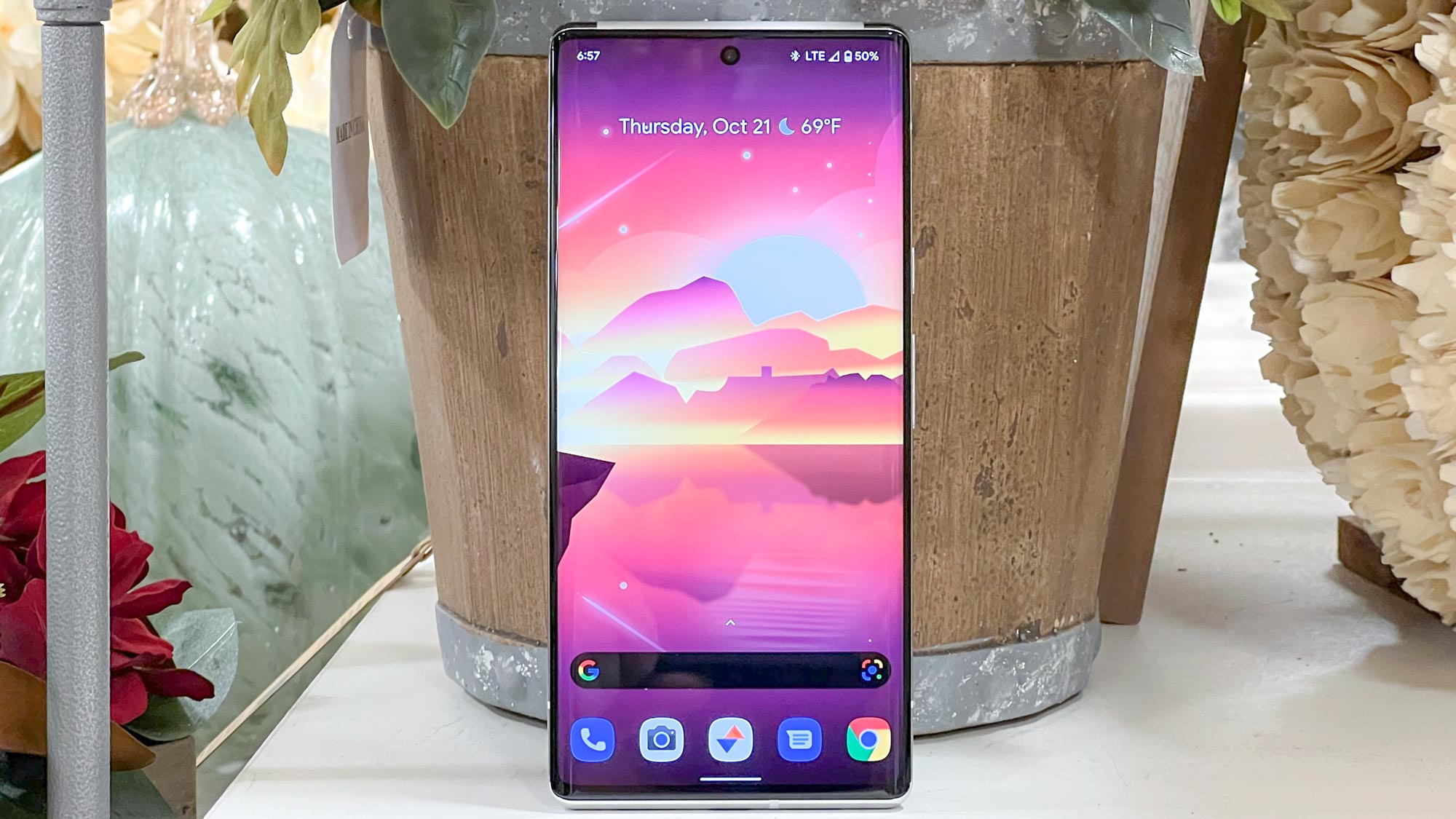
But in our Adobe Premiere Rush test, where a phone transcodes a 4K clip to 1080p as quickly as possible, Tensor gained a bit more ground. The iPhone 13 Pro Max still has the record with 25 seconds, but the Pixel 6 Pro turned in a very respectable 48 seconds. For reference, the Snapdragon 888 phones we’ve run the test hover around 1 minute.
In the 3DMark Wild Life Unlimited gaming benchmark, the Google Pixel 6 Pro averaged 40 frames per second. Again, the iPhone 13 Pro Max beat it with a 68 fps average, but the Pixel beat out other Android phones in this test.
Google’s Tensor performed admirably considering it’s a first-generation product. But the A15 Bionic handily beats it in every test, so the iPhone 13 Pro Max wins here.
Winner: iPhone 13 Pro Max
Google Pixel 6 Pro vs. iPhone 13 Pro Max: 5G
While we don’t have speed comparisons between the PIxel 6 Pro and iPhone 13 Pro Max, we do have some opinions to offer. Apple went with the latest Qualcomm X60 5G modem, which offers many efficiency gains over the X55 from 2020 (that the iPhone 12 used). This has helped the iPhone 13 Pro Max’s battery life.
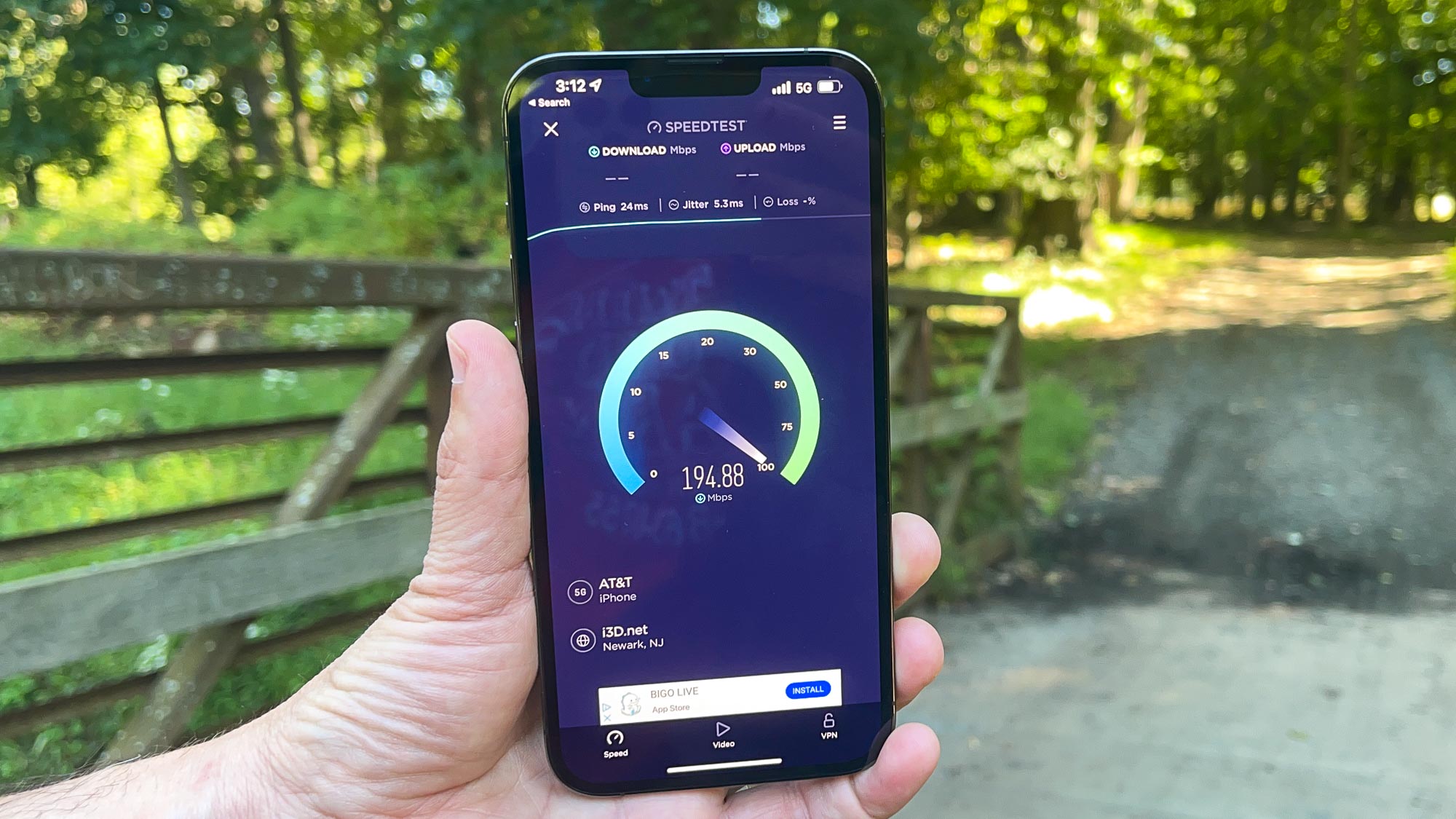
Google, meanwhile, appeared to have gone with an older Samsung 5123 5G modem, which was roughly equivalent to the Qualcomm X55. We believe this choice is partially to blame for the poor battery life results that we’ll get to in just a minute.
5G on the Pixel 6 Pro is a bit of a crapshoot, since the unlocked model doesn’t have mmWave support. You can get a SKU with support for the faster-but-limited 5G standard, but you need to buy it from AT&T or Verizon directly, and you’ll pay a premium for it. The iPhone 13 Pro Max, however, works with all 5G standards in the US out of the box without having to worry about a carrier-specific model.
It’s a small victory, but the iPhone 13 Pro Max wins out with its easier-to-understand 5G support. And if we’re correct, its 5G modem is just better than the Pixel 6 Pro’s.
Winner: iPhone 13 Pro Max
Google Pixel 6 Pro vs. iPhone 13 Pro Max: Battery life and charging
The Pixel 6 Pro had the biggest battery we’d ever seen in a Pixel, coming in at 5,000 mAh. (The Pixel 7 Pro has the same battery capacity.) Unfortunately, there is some breakdown in the pipeline because the phone’s battery life isn’t all that impressive in our testing. In fact, to get the most out of the phone, you should disable 5G because we saw a noticeable improvement when we did that.
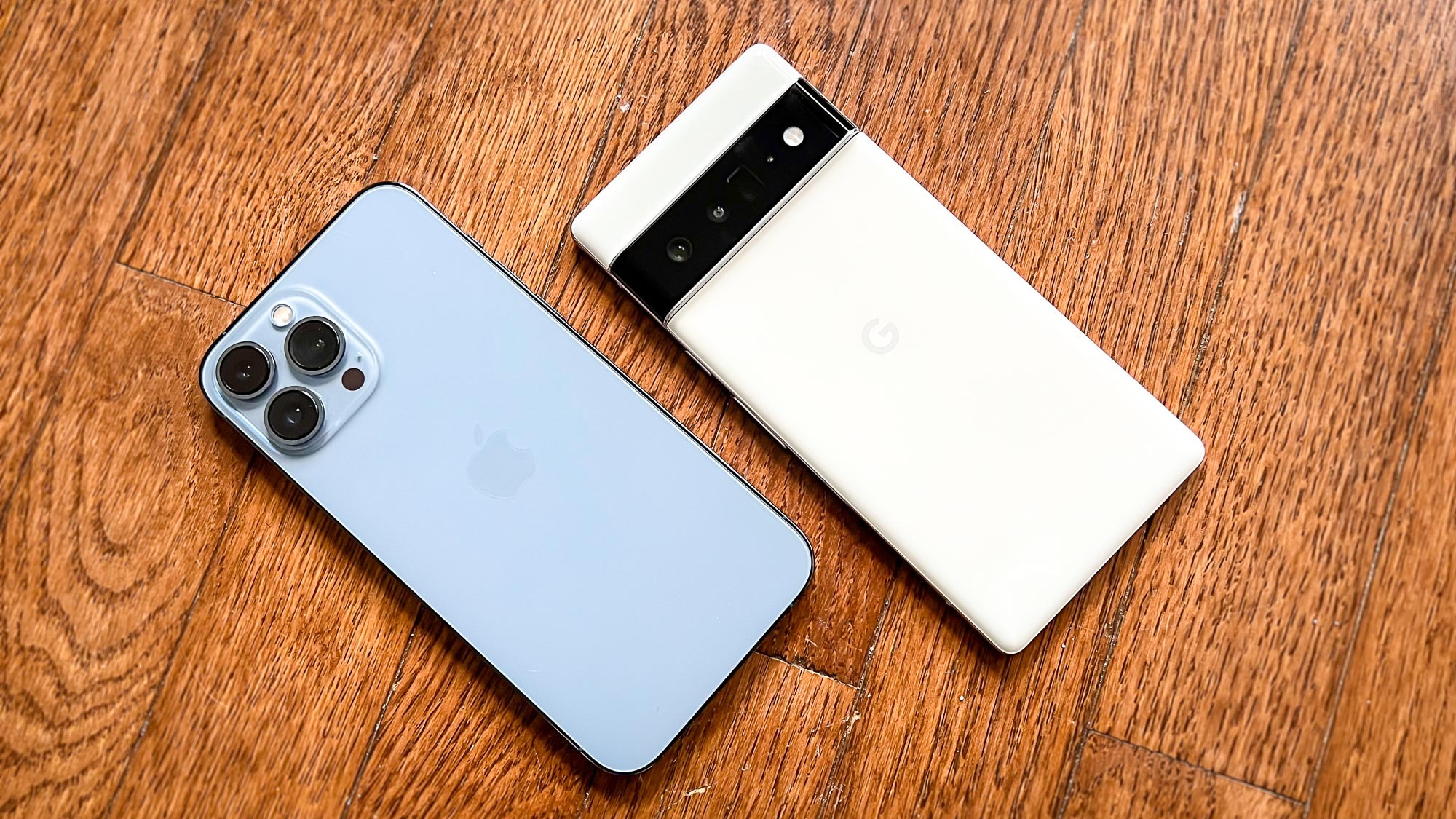
We don’t know the exact capacity of the iPhone 13 Pro Max’s battery in milliamp-hours — Apple doesn’t disclose that data — but we know that Apple upped the size this year. This has resulted in an impressive result in the Tom’s Guide battery life test.
In our test, we task a phone to endlessly reload web pages over a cellular connection at 150 nits of brightness. Most flagship phones nowadays last around 10 hours, with the iPhone 13 Pro Max handily topping that figure at 12 hours and 16 minutes. That places Apple’s phone on the best phone battery life list.
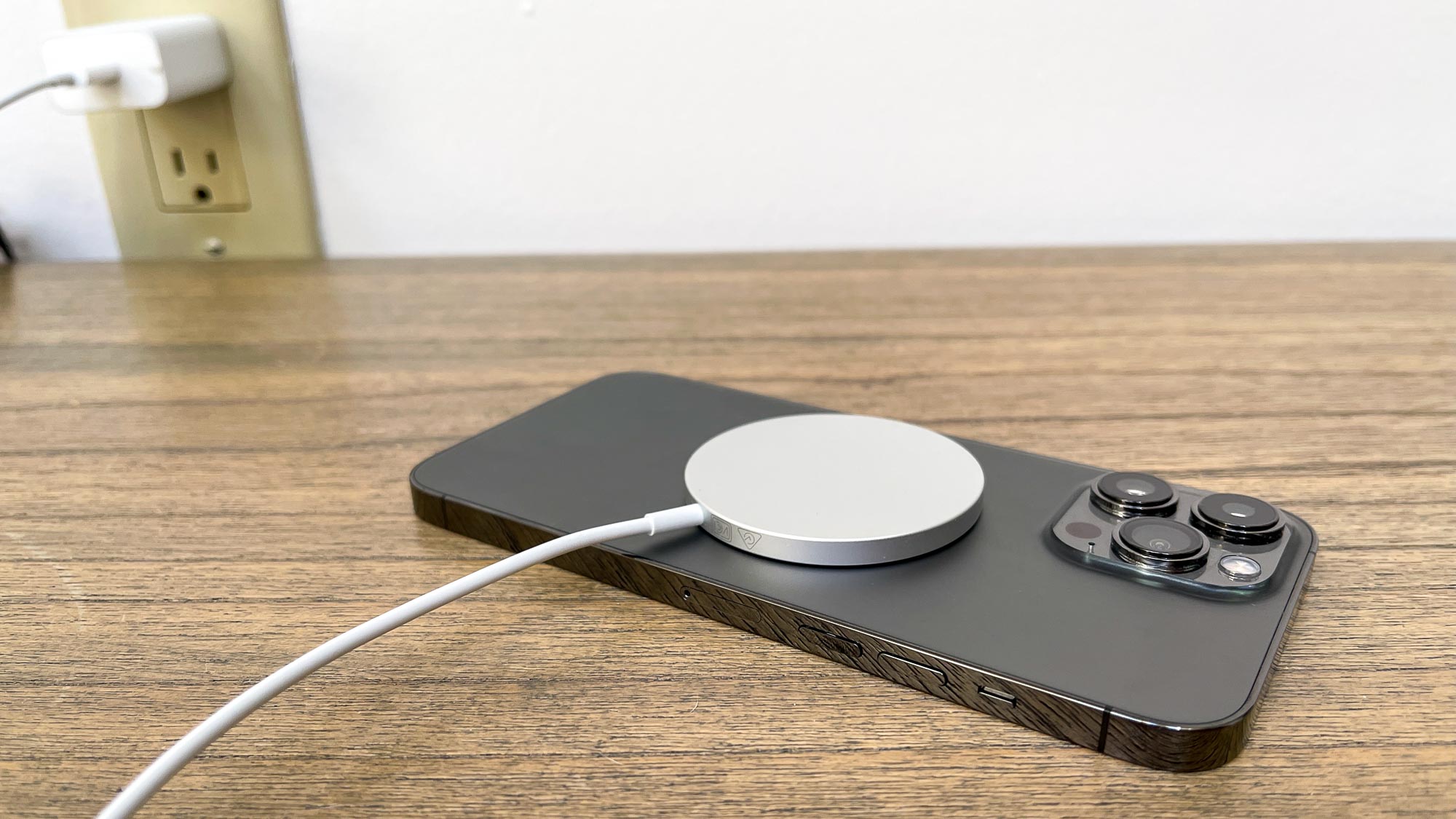
Sadly, the Pixel 6 Pro won’t be joining it there. Google’s phone turned in a very disappointing 7 hours at 49 minutes in the dynamic refresh rate mode.
In practice, the Pixel’s battery life was not that bad. For our test, we disable all adaptive battery settings if we can, but when I use the Pixel 6 Pro normally (with adaptive battery enabled), I regularly get through a heavy day of use with plenty of battery left.

As for charging, the Pixel 6 Pro supports 30W wired, 23W with the new Pixel Stand, and 12W with a standard Qi charger. The iPhone 13 Pro Max comes in at a lower 20W wired, 15W via MagSafe, and a measly 7.5W with a Qi charger. Neither phone ships with a charger.
But we can only crown a winner based on hard data, and because of that, the iPhone 13 Pro Max is the clear winner here with nearly four and a half more hours on the battery life test. Maybe Google can tweak how Tensor sips at the battery in the future, but that doesn’t matter right now.
Winner: iPhone 13 Pro Max
Google Pixel 6 Pro vs. iPhone 13 Pro Max: Software and special features
Both the Pixel 6 Pro and iPhone 13 Pro Max were the showcases for the newest versions of their respective operating systems. The Pixel came with Android 12, a wholly redesigned update with a focus on personalization and privacy. It now has Android 13.
iOS 15 on the iPhone 13 Pro Max also makes a stand on privacy and tweaks many core apps like FaceTime, Photos, Notes, Maps, and more. Plus, there’s the new Focus mode, which helps you filter out notifications based on what you’re doing (sleeping, working, driving, etc). But now that iOS 16 is out, the story is completely different.
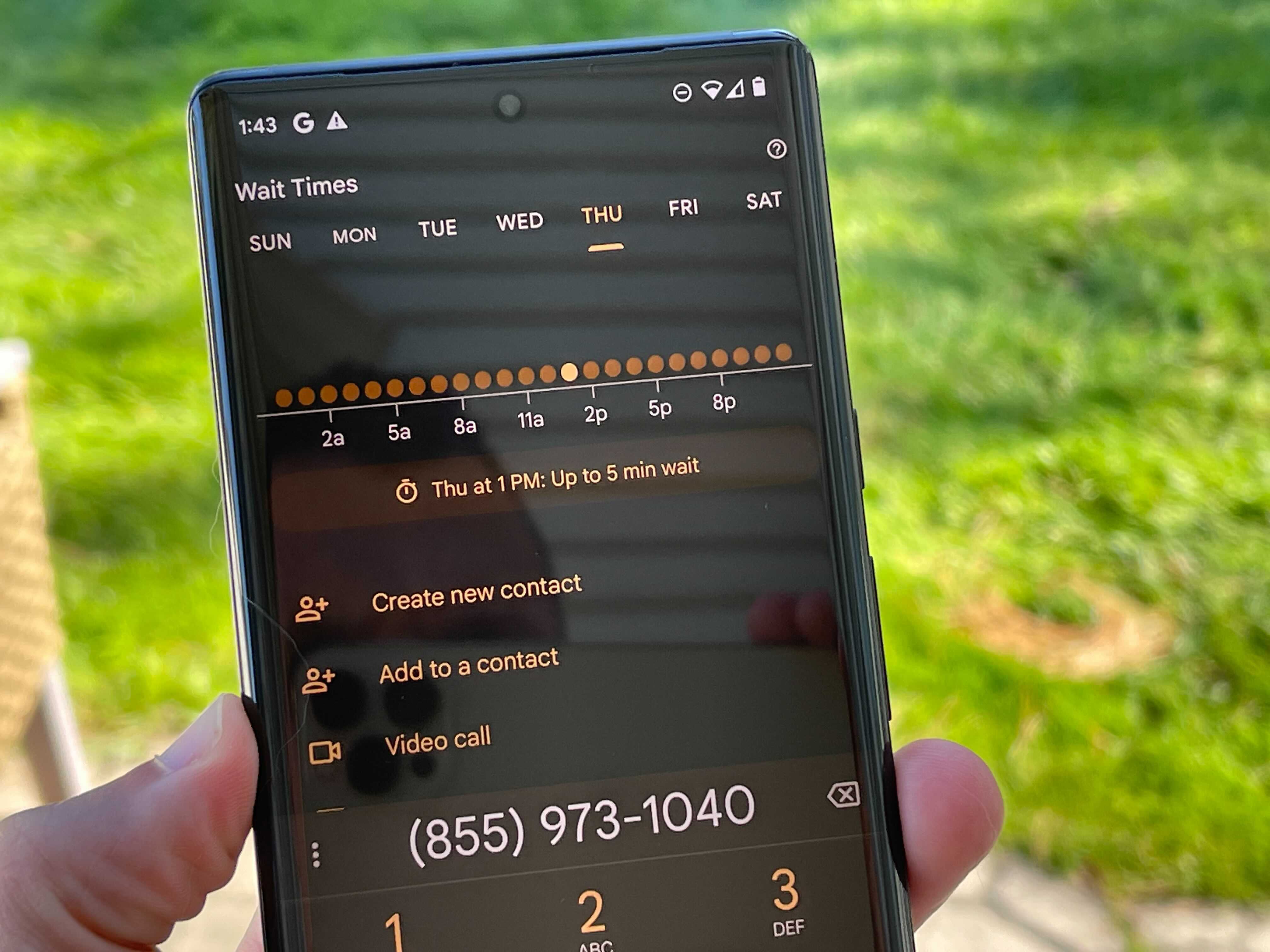
The Pixel 6 Pro has serious Assistant upgrades. It can show you wait time estimates based on historical data. Call Screen is still an industry-leading feature where Assistant can screen calls for you to weed out robocallers. Assistant now responds to more natural language, letting you clear text or decline calls with a simple command. This is also readily apparent in voice dictation — voice typing has never been more accurate than it is on the Pixel 6 Pro. You can also point your phone at a sign in a foreign language and get a near instantaneous translation to your own language.
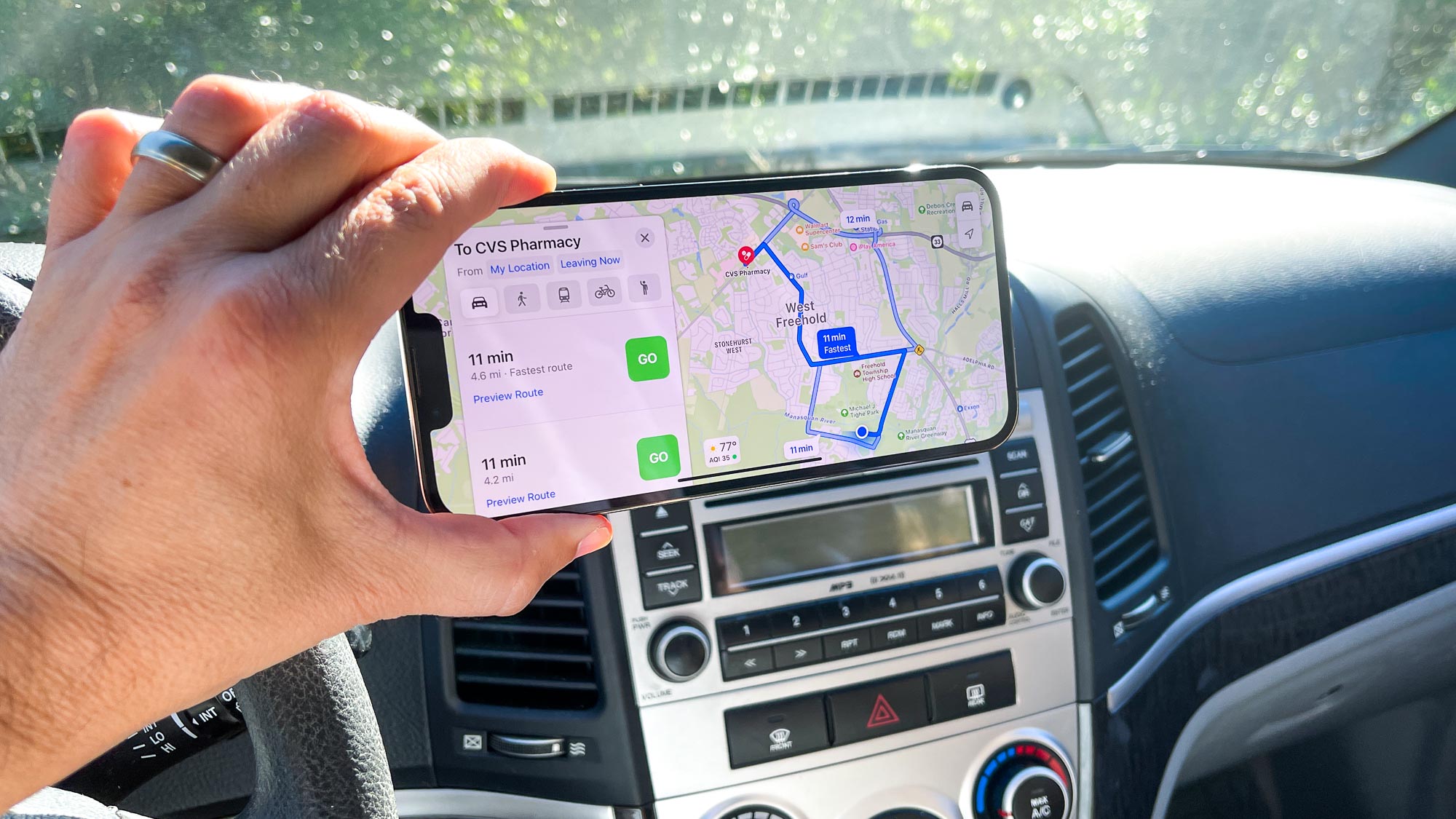
Unfortunately, it’s hard to crown a winner here because both phones have incredibly good software. We’re left with another Android vs. iOS debate, but the Pixel simply had more useful features at launch with all of the Assistant upgrades. Google is flexing the strength of Tensor and its AI smarts and the iPhone 13 Pro Max just doesn’t live up to what the Pixel’s software offers. So the Pixel wins this one, but just barely.
Winner: Pixel 6 Pro
Google Pixel 6 Pro vs. iPhone 13 Pro Max: Overall winner
| Row 0 - Cell 0 | Pixel 6 Pro | iPhone 13 Pro Max |
| Price (10 points) | 9 | 7 |
| Design (10 points) | 9 | 10 |
| Display (15 points) | 13 | 15 |
| Cameras (20 points) | 20 | 19 |
| Performance (15 points) | 12 | 15 |
| 5G (5 points) | 3 | 5 |
| Battery life (15 points) | 10 | 14 |
| Software (10 points) | 10 | 9 |
| Overall (100 points) | 86 | 94 |
This is a close race, but the iPhone 13 Pro Max wins by several points. It comes down to the Pixel 6 Pro’s extremely poor battery life test result. The iPhone inched ahead with its stronger performance and 5G support that isn’t a headache to sort out. While it can’t match the Pixel on price, the iPhone kept close in the other areas where the Pixel won out.
Tensor is a first-gen product, so here’s to hoping that Google can further close the gap with Apple in the coming years. And whatever Google needs to do to sort out Pixel battery life problems (which has been an issue for a long time now), it needed to happen before the Pixel 6 launched. Disabling 5G to eke out more life isn’t really an acceptable option, even if 5G in the US is still a letdown.
The Pixel 6 Pro is the best Pixel I’ve ever used and even up to its launch, I never would have guessed that Google could hold its own so well against Apple’s best. The Pixel 5, after all, was a device of middling appeal that sold itself on its cameras. But the Pixel 6 Pro is a truly premium experience.
But only one phone can walk away the winner and that’s the iPhone 13 Pro Max. Maybe next year, Google.
We're already hearing about this year's revisions to these two phones. Read more about the iPhone 14 Pro (and the iPhone 14 more generally), the Google Pixel 7 and our iPhone 14 vs Google Pixel 7 comparison to see how things shaped up for Apple and Google in 2022.
Sign up to get the BEST of Tom's Guide direct to your inbox.
Get instant access to breaking news, the hottest reviews, great deals and helpful tips.

Jordan is the Phones Editor for Tom's Guide, covering all things phone-related. He's written about phones for over six years and plans to continue for a long while to come. He loves nothing more than relaxing in his home with a book, game, or his latest personal writing project. Jordan likes finding new things to dive into, from books and games to new mechanical keyboard switches and fun keycap sets. Outside of work, you can find him poring over open-source software and his studies.
-
davidc1! In the picture color accuracy test, there is one sure fire way to determine a winner...but you didn't mention it at all. In the selfie photo, and the photo of Mark, which phone got the color of the shirt correct? They both gave radically different results...especially the photo of Mark.Reply -
broadfork Reply
is the battery life report with both phones on 5G? How long will they each last on 4G? Thanks.admin said:In this Pixel 6 Pro vs. iPhone 13 Pro Max face-off, we’ll take a look at how these phones compare. Both offer top-notch photography experiences, but they stand out in other ways.
Google Pixel 6 Pro vs. iPhone 13 Pro Max: Which flagship phone wins? : Read more
Battery life (Hrs:Mins)7:49 (Adaptive) / 7:55 (60Hz)12:16 -
Fechhelm Why would a website like this report that the unlocked Pixel 6 Pro doesn't have mmwave? What other false info are you giving out? Did you even have a Pixel 6 Pro or did you have a Pixel 6? You lost all creditability with that.Reply
